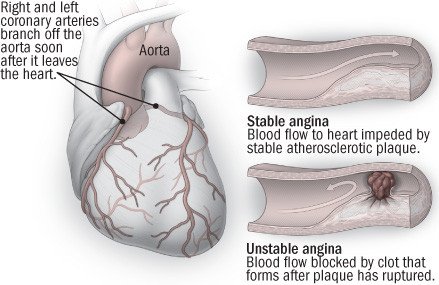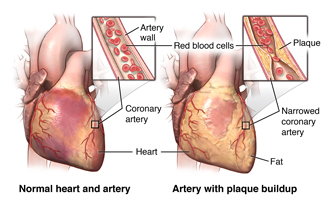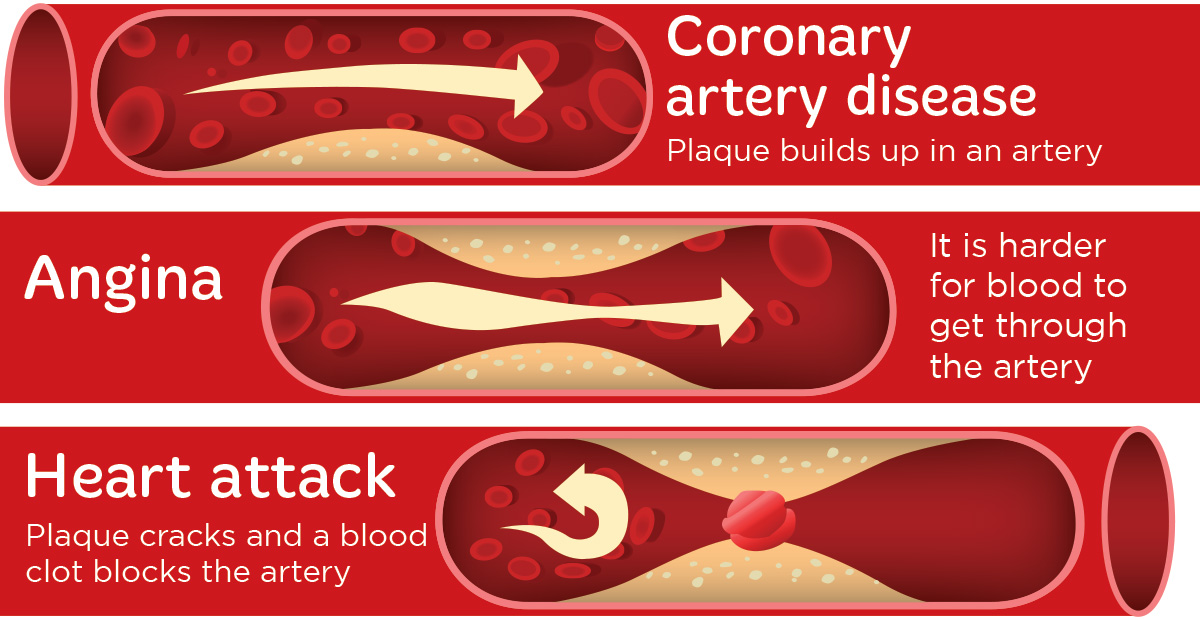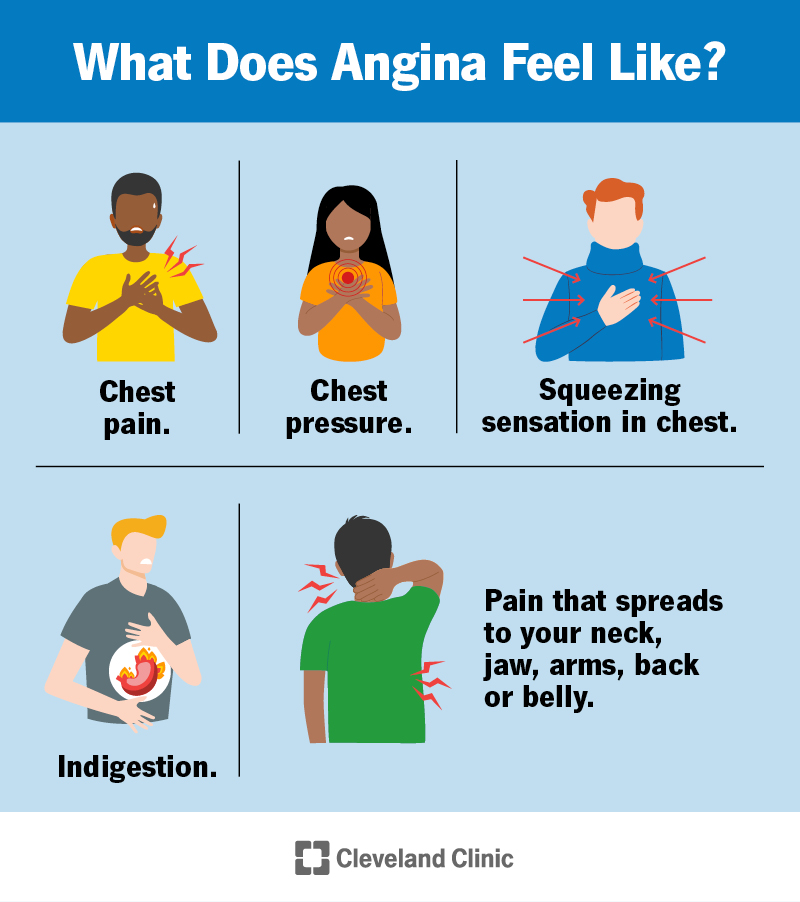Brilliant Strategies Of Info About How To Check For Angina
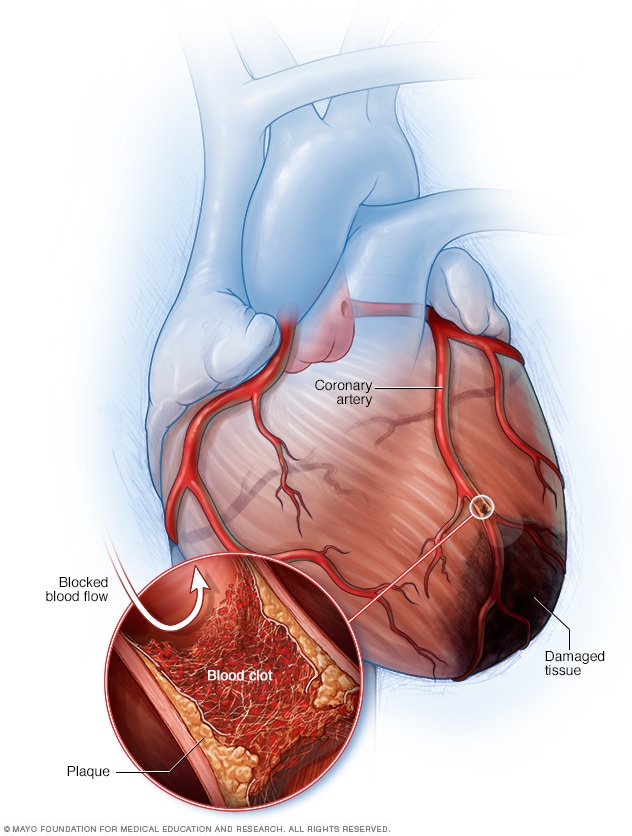
Blood tests may be done to check for increased levels of certain proteins or enzymes typically found in heart muscle.
How to check for angina. Troponin levels can help doctors tell unstable angina from heart attacks. • vague pain or pressure in your lower chest. Angina usually feels like pressure, tightness or squeezing in your chest.
Damage to heart cells from a heart attack. Blood tests check the level of cardiac troponins. This can feel painful or like a dull ache.
The pictures can tell us if parts of your heart muscle do not get enough blood. A stress test can tell us if there are further signs of decreased blood flow to the heart muscle. Angina can feel like a pressing, squeezing, or crushing pain in the chest under your breastbone or upper back, both arms, neck, or ear lobes.
You may also have shortness of breath, weakness,. Blood tests, to check for creatine kinase and cardiac biomarkers (troponin) that leak from your heart muscle if it’s been damaged electrocardiogram , to see patterns in your. • may have cold sweat, nausea, dizziness or fainting.
Pneumothorax (collapsed lung), causing a sudden onset of chest pain. In the case of angina with bacterial etiology (most often caused by streptococcus pyogenes), the rapid appearance of symptoms is characteristic. • pain may spread to your neck, jaw or left shoulder.
Blood tests can also identify elevated. Viral bronchitis, which can cause soreness around your chest and muscle aches. The tests can identify certain enzymes such as troponin that leak into the blood after your heart has suffered severe angina or a heart attack.
Conducting a ct or mri angiogram is a conclusive diagnostic tool in determining the existence of aaa. Shortness of breath and pain in the centre of the chest can spread.
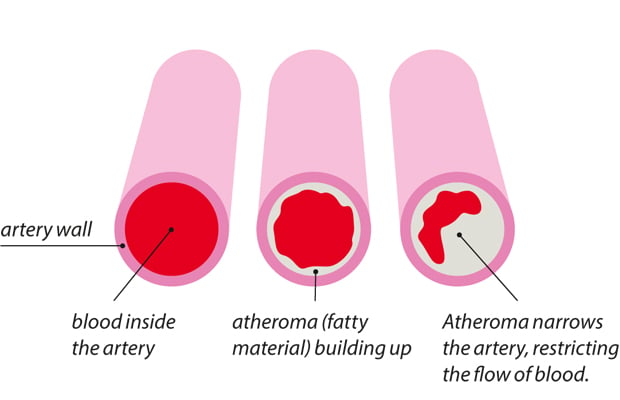



:max_bytes(150000):strip_icc()/unstable-angina-1745300-FINAL-bc6591effb28413082e53696e8636ae7.png)


